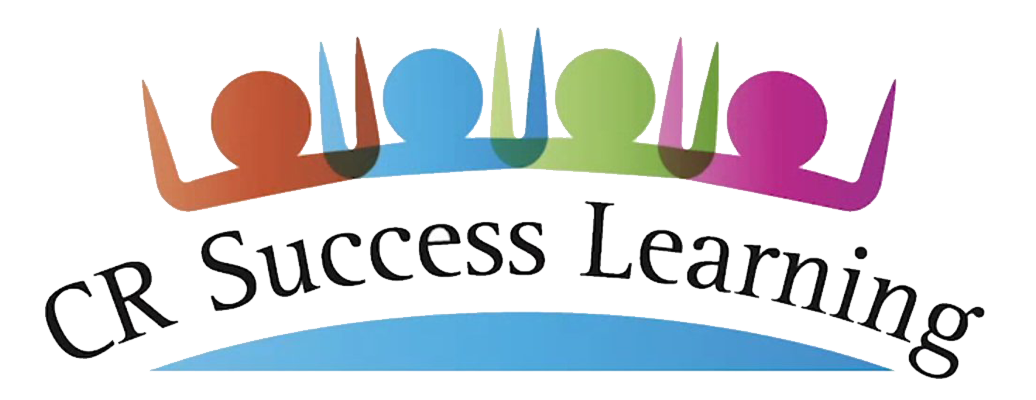🖋️ Assessment Part 2: Conversations with Cheryl
Why is Embedded Assessment so Important?
Mrs. Zonbue, a first grade teacher, was asked to rate the pros and cons of progress monitoring. She replied,
❝ The cons are, of course, really one thing: Time! - time to do the progress monitoring and time to analyze it. I really struggle with how to fit it in and not take away from my teaching.❞
She went on:
❝ But the pros are very important. Progress monitoring helps me discover exactly how my students are doing. It guides me in pinpointing specific areas that need focus during my instruction. Standardized tests often give me a score and a rating, but no information on what to do next. With progress monitoring, I can intervene promptly when necessary. I can guide the student much more precisely. I don’t have to wait until the end of the year, which is too late to make a difference.❞
I completely agree with Mrs. Zonbue! I shared five core principles that shape how we think about assessment at CR Success Learning.
1. Provide both Summative and Formative Assessments
CRSL provides both types of assessments in all its programs.
Summative Assessment answers the questions:
✅ What has the student learned overall in the program?
✅ Has the student met the learning objectives for the program?
Formative Assessment answers the questions:
✅ Should adjustments be made to instruction?
✅ What are the strengths and needs of the student?
Summative Assessment provides data for accountability. Formative Assessment assists the teacher in tailoring instruction to the students’ needs. It also engages the students in ownership of their learning.
The next points all address Formative Assessment.
2. Embed assessment into the curriculum, both formally and informally
CRSL encourages the teachers to be “kid watchers,” using anecdotal notes to record observations of students. Other quick checks of students’ learning include entry and exit tickets, teach your partner, etc. These are explained in Part 3: Teacher Tips.
The dedicated formative assessments we include in each week or unit of instruction are quick, one minute tests.
3. Connect to what has been taught and align to grade level standards
CRSL’s rigorous curriculum is aligned to grade level standards and focuses on the crucial literacy skills involving phonemic awareness, phonics and word study, vocabulary, comprehension and fluency. All assessments in CRSL are in line with these literacy developments at the appropriate grade level.
4. Regard Assessment as an essential and ongoing part of the Cycle of Learning
Assessment should be viewed a part of instruction, not separate from it. In this model, it is a critical element of the cycle of learning. It can then provide timely feedback to the student and allow the teacher to modify lessons to fit the student.
5. Involve students in the assessment
Up next: Our final principle turns practical. Let’s focus on Student-Centered Assessment. Even young learners can begin to monitor their own progress. Involving students in assessing what they’ve learned (and what they need to learn) is essential. Move on to Teaching Tips, where we share ways to enable you to include your students in assessment.



